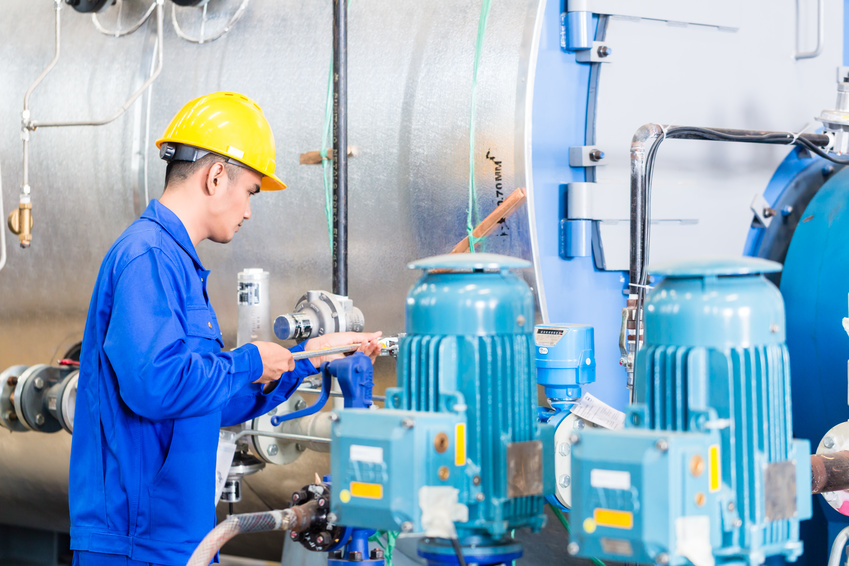What is corrective maintenance ?
Unlike palliative corrective maintenance, which consists in repairing an equipment temporarily, the curative maintenance applies when a machine or an installation, including silos and hoppers, has broken down and cannot be repaired. In this case it is necessary to replace the equipment partially or in its entirety. It is possible that this curative maintenance takes place after a preventive or corrective maintenance.
In the context of a curative maintenance, it is not specified if whether the defective equipment interferes in the process or not. It can therefore be a minor or a major repair. For example a tumble dryer with a non-working resistance will no longer dry. It is necessary to intervene and change the resistance in order to restore the main function of the equipment. A bicycle that would have a punctured tyre and that would have been repaired with a patch (palliative corrective maintenance) and that would explode again would have to be changed: this is curative maintenance.
In the industry it can be a silo or a hopper equipped with a guillotine valve for extraction. If this valve is blocked due to corrosion, deformed due to a shock … no longer give the possibility of dosing the product. It will have to be replaced in order to restore the extraction of the silo for the right product supply in the process. We can take as another case a conveyor whose belt has already been repaired (re-stapled or vulcanized) which tears again in the width or in the length following a belt mist racking for example and that will have to be replaced because it would have been repaired too many times or would have suffered to much damaged but kept being used.
The curative maintenance can be considered as repair of defective or damaged equipment. It can be associated to other types of maintenance: preventive or corrective maintenance. It is generally related to the end of the life of a machine or one of its components.

